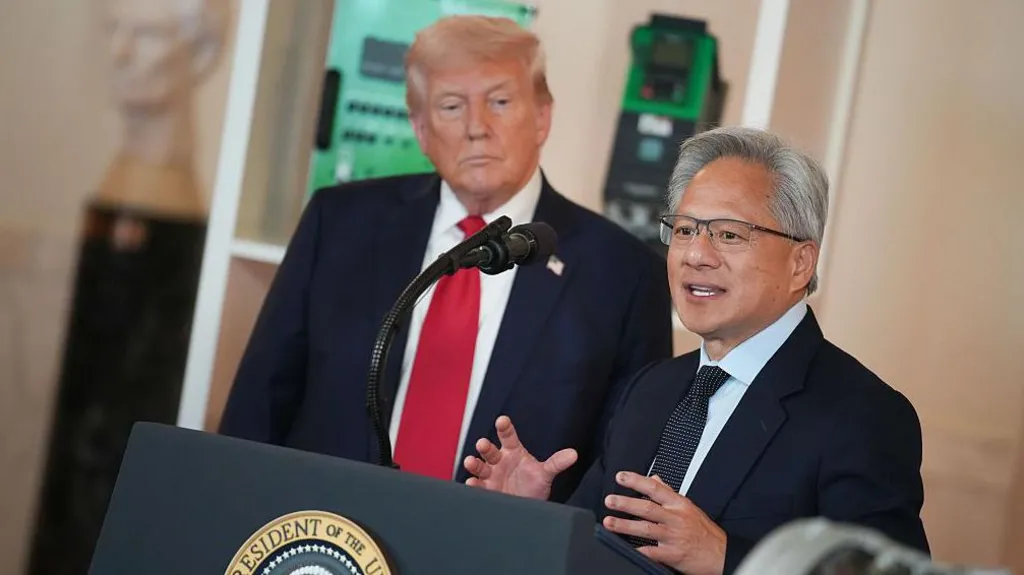Nancy Pelosi Slams China For Running Campaign To Destroy Tibet’s Culture And History
US House Speaker Nancy Pelosi accused China of waging a decade-long campaign to destroy the history and culture of Tibet. On Wednesday, Pelosi was speaking on the occasion of the 62nd anniversary of Tibetan Uprising Day as she reaffirmed the United States’ support for the Tibetan people as she hailed Washington’s Tibet Policy and Support Act. Pelosi said that the legislation strengthens diplomatic ties between Americans and the Central Tibetan Administration.
“This year, as we mark this solemn anniversary, we continue to take inspiration from the Dalai Lama’s powerful message of peace, faith, and love. Guided by His Holiness’s spirit of hope, we will never rest in our efforts to advance freedom and opportunity in Tibet and throughout China – because if we do not stand up for human rights in China due to commercial interests, then we lose all moral authority to talk about human rights in any other place in the world. We will not be deterred in this vital mission,” Pelosi said in her speech. RE | Xi Jinping speaks; tells PLA ‘China’s security largely unstable; prepare for complexities’
Pelosi reiterated that decisions regarding the Tibetan religion should solely be made by Tibetan religious leaders, a comment directed at the Chinese Communist Party, which intends to install the next Dalai Lama in the Himalayas. China is keen on appointing a pro-Beijing successor to the 14th Dalai Lama, which has faced a lot of criticism from the Tibetan people, including from the international community.
China has long faced opposition in Tibet despite ruling the region for more than six decades. The years-long brainwashing campaign is yet to bring a disconnect between the local Tibetans and Dalai Lama, for whom they have been longing since he fled to India in 1959. Beijing is trying to woo the Tibetans by announcing numerous development plans, which Beijing claims will bring economic prosperity and people will forget the history. China in its latest National People’s Congress (NPC) unveiled a plan to build a passage from Tibet to South Asia.
Tibet’s occupation
After the Qing dynasty was toppled in the early 20th century, Tibet declared independence and restored the Dalai Lama as ruler. The 13th Dalai Lama ruled Tibet until the 1950s, before the victor of the Chinese civil war, the People’s Republic of China (PRC), annexed Tibet, forcing a ‘Seventeen Point Agreement’ on the newly installed 14th Dalai Lama and other officials in Lhasa.
China called the annexation a “peaceful liberation of Tibet”. Tibetan officials were forced to give in to the agreement in fear that China would launch a full-scale invasion if they refuse to sign the treaty. However, the local people launched an armed rebellion against the Chinese government, which resulted in a violent crackdown of Tibetans, forcing the Dalai Lama to take shelter in India. Tibetans and people from all over the world mark March 10 as the National Uprising Day.












